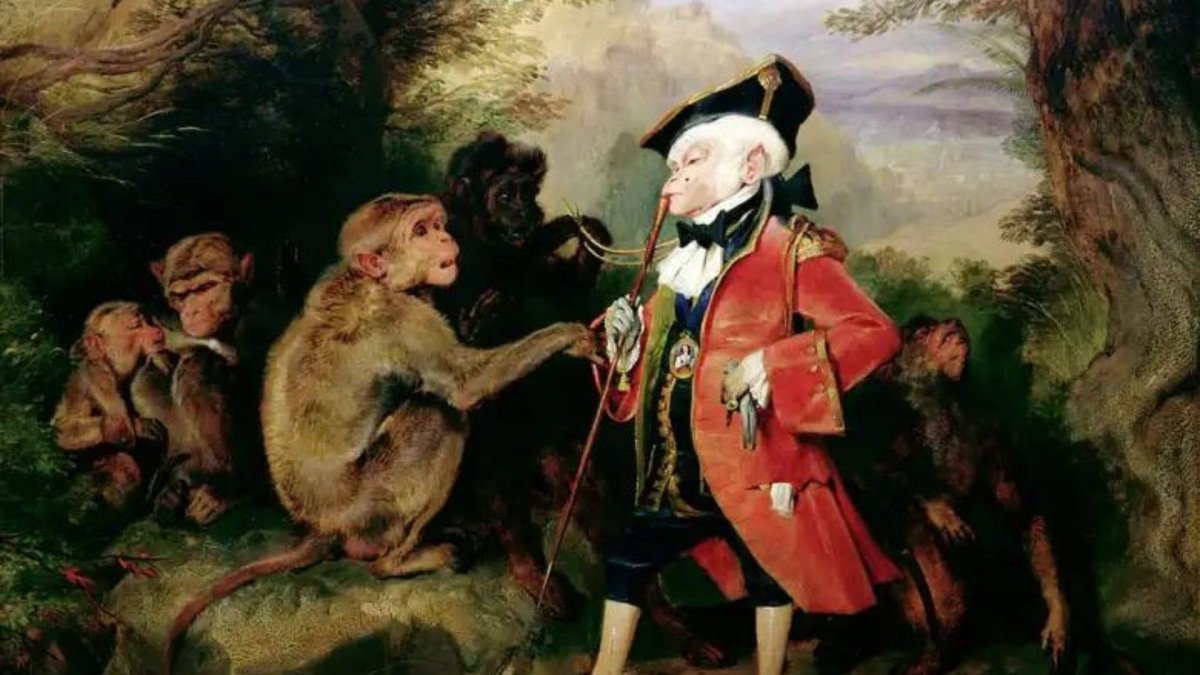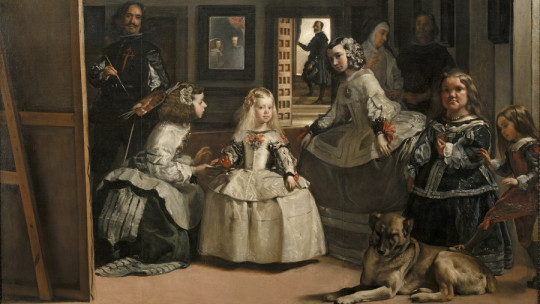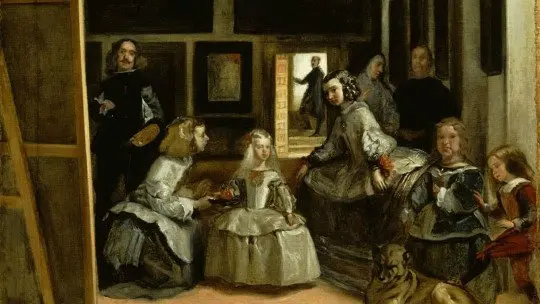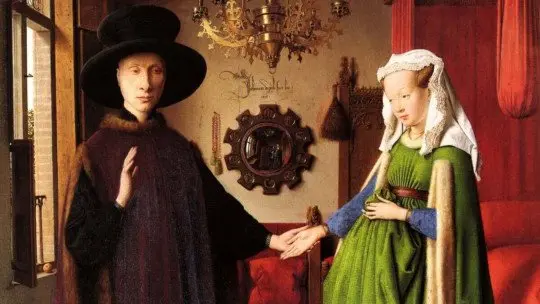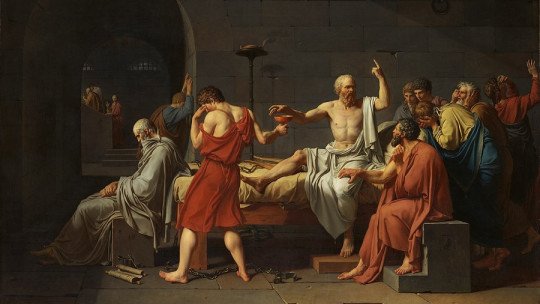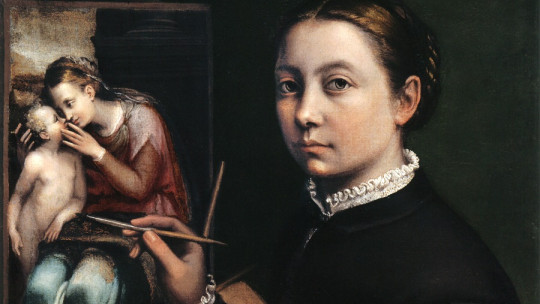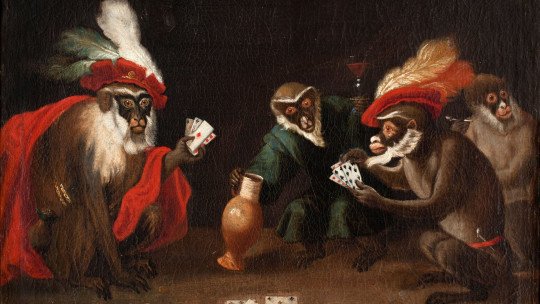
In a little-known painting by the Flemish painter Abraham Teniers (1629-1670) we see some monkeys, dressed in the elegant fashion of the time, playing cards while another serves them wine. We might think that this is an exceptional motif in the history of painting, something almost anecdotal, but nothing could be further from the truth. This is an example of Singerie, an artistic subgenre that triumphed in the 17th century.
Singerie in French means, literally, “cuteness.” It comes from the word singe, “monkey”, the name given to the various species of primates and their relatives the apes. As singerie we know a very specific genre of painting, whose protagonists are these friendly animals, which are captured in human attitudes that are generally related to vice and depravity. This curious pictorial genre has a long history. If you’re curious, keep reading. Today we talk about the Singerie, the paintings whose protagonists are monkeys.
The Singerie and the symbolism of the monkeys
Although the Singerie subgenre became popular during the Baroque era (especially in the Netherlands), the monkey as a symbol of human depravity is something that dates back to ancient times. The ancient Greeks and Romans had already realized the similarity of these animals with human beings, hence they called them simie, that is, “similar.”
In the 2nd century AD, one of the most famous treatises on animal symbology, The Physiologus, later rescued by the medieval Bestiaries, establishes a comparison between the monkey and the devil based on the lack of tail of primates (a symbol of arrogance, since in this way they want to resemble human beings).
On the other hand, the extreme “vice” and “corruption” of the poor animal was evident to the author of the treatise, since, with its gestures and attitudes, the monkey pretended to resemble a human, just as the devil pretended to be God. In this way, it became popular to call the monkey Simia Dei (the name the devil used to receive), that is, “in the likeness of God.”
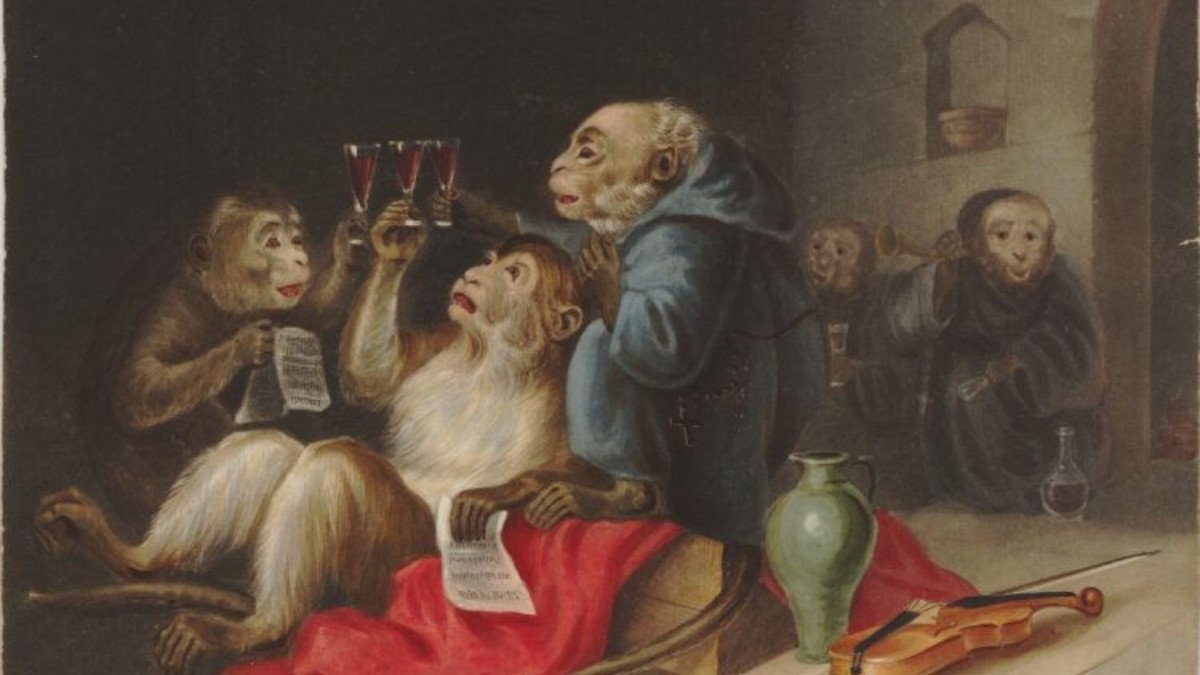
The monkey, a “degenerate” human being
The Physiologus must be included within a literary genre that uses animals as a vehicle to express a series of moral ideas generally related to Christianity. From there come the medieval Bestiaries, which, of course, are not scientific texts, but rather allegories.
During the Middle Ages, the monkey continued to embody the most “degenerate” part of the human being. In his work De mundi universitate sive Megacosmos et Microcosmos (1147), the philosopher and humanist Bernardo Silvestre says of the ape that it is a “deformed and ridiculous image of man”; That is to say, the animal serves as a mirror in which men and women see their most “perverse” side reflected.
For his part, already in the 12th century, Hugh of Saint Victor (1096-1141), scholastic of the famous School of Saint Victor in Paris, comments that the monkey is a “vile, dirty and detestable” being, despite the fact that The clerics strive to buy these little animals to display them in their homes as a symbol of wealth. We must not forget that, with the opening of trade routes to the East, monkeys begin to arrive in Europe, which the elites buy at very high prices just to show their status.
Art also echoes this identification of the monkey with vice. Numerous Romanesque capitals (such as, for example, those of the Jaca cathedral) show these animals in “dishonorable” attitudes, thus evidencing their unequivocal relationship with the lowest part of the human being. On the other hand, in the margins of medieval codices there are many miniatures that show these animals carrying out human activities.
In all this lies a kind of amazement (and perhaps fear) towards this creature, which men and women see as very similar to them but which, however, lacks reasoning and, furthermore, seems to mockingly imitate the acts of human beings. . It seems as if humanity in the Middle Ages was not sure of the role that God had given to that being so similar to it.
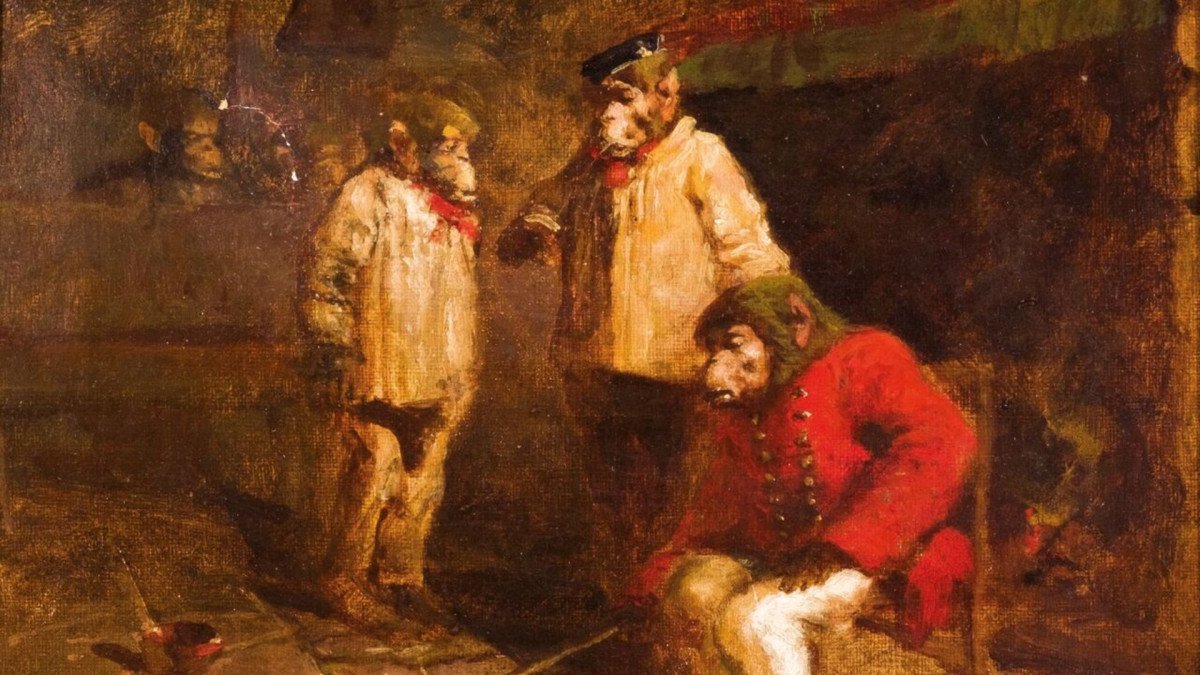
The morality and origin of the Singerie
After this brief historical introduction, we can understand much better the appearance, around the 16th century, of the later called Singerie or “monerías”. Although, as we have already pointed out, we find artistic manifestations related to monkeys long before the Modern Age, It is especially from the 16th century onwards that this curious subgenre begins to consolidate, which is cultivated especially in the area of the Netherlands and Flanders.
Many painters are interested in capturing apes in human attitudes. We have already mentioned Abraham Teniers and we can continue with his brother, the painter David Teniers the Younger (1610-1690), or their father, David Teniers the Elder (1582-1649). Brueghel the Elder (c. 1525-1569) was also interested in the Singerie, as was his offspring Brueghel the Younger (1564-1638).
The theme takes root particularly in the Flemish and Dutch areas thanks to the extensive moralistic tradition that art has enjoyed in these regions. Let us remember, for example, The Extraction of the Stone of Madness by Hieronymus Hieronymus or the Flemish Proverbs by Brueghel the Elder himself. Thus, The Singerie become deeply moralizing works, which collect the most “execrable” vices of humanity and transfer them to the apes, the “vicious mirror” of the human being.
Already in the French 18th century, painters such as Jean-Siméon Chardin (1699-1779) rescued the figure of the monkey for some of their works, with an evident burlesque character. We see it in his Monkey the Painter, executed in 1740, where an ape dressed like an eighteenth-century fop paints on a canvas. Did Chardin want to express that the artist, in reality, “only” copies reality, just as a monkey only imitates?
The Singererie as social mockery
In any case, in the Age of Enlightenment we observed a decline in morality when it came to representing monkeys in art. It is the era of the Enlightenment, which rather laughs at dogmatic Christian morality, so the Singerie becomes a mockery of customs or, simply, a curious method of decoration. Jean Bérain (1640-1711), famous for being the official designer of the sets and rooms of Louis XIV (and, later, of the regent Philip of Orléans) uses the figure of the monkey profusely in his decorations.
It is the time in which the so-called chinoiserie (designs inspired by Chinese art) begin to become all the rage, so Bérain and his contemporaries do not hesitate to dress their monkeys in traditional Chinese clothing and place them in the most charming oriental landscapes. . It is the regency style, which occupies the first years of the 18th century in France and which later gave rise to Rococo.
Parallel to this trend that reduces the Singerie to a mere decorative device, we find in these years artists who continue to use monkeys to denounce social vices. This is the case of the always acidic Francisco de Goya (1746-1828) who, in his Capricho no. 41 (Neither more nor less) once again represents the typical monkey painter who, in this case, is capturing a donkey on the canvas. One of the manuscripts contemporary with Goya that explain the Caprichos series tells us that “An animal that has itself portrayed will not stop looking like an animal…”.
That is to say, no matter how much men and women wish to leave a worthy image of themselves for posterity, deep down they will only be what they really are. Something like that “even if the monkey dresses, she sedates…”. A saying that, by the way, includes the tradition of relating the monkey to the comic and the degenerate, closely related, therefore, to the Singerie.
